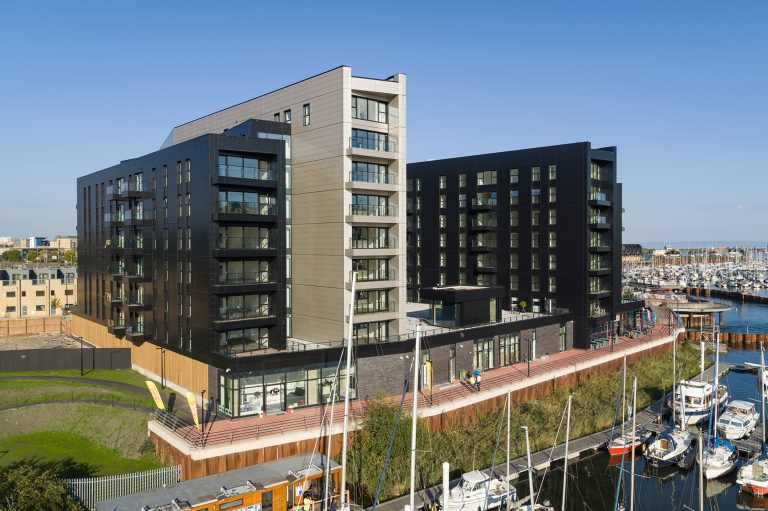Housing needs in the UK are changing amid declining levels of home ownership and lifestyle shifts. Rather than the traditional ‘buy-and-hold’ model, residential housing needs are shifting towards developments that are built for rent and aimed towards a specific demographic who are at a particular life stage. As such, funding needs are changing to support these types of developments and this should lead investors to consider new ways of accessing the property market. Why is the UK property market experiencing change? Homeownership levels have fallen dramatically among the younger generation over the last thirty years. In 1991, 67% of 25-34 year olds were homeowners compared with 36% in 2014. Meanwhile, private sector renting more than doubled between 1980 and 2014. This is not just a UK phenomenon. In the United States, for example, home ownership fell to its lowest level in more than five decades in 2016. Declining homeownership is resulting from both cyclical economic forces as well as longer-term structural trends. While economic pressures have been important contributors towards declining homeownership, especially among millennials, longer-term lifestyle shifts are also having a significant impact. The way people live and work is frequently less structured and standardised than in the past, and there appears to be less desire for people to be held down by long-term commitments. Coinciding with the advent of the ‘gig’ economy has been rising numbers of self-employed and contract workers over the last twenty years, suggesting a more mobile and flexible workforce. Nonetheless, while both the residential and commercial property sectors are experiencing significant change, new investment opportunities are opening as developers adjust their product offerings to meet evolving economic conditions and lifestyles. In fact, some of the most innovative developments are happening in the residential market. Co-living benefits the individual and the community ‘Co-living’ is an area of particular interest and future growth. These developments, which at this point are mainly focused in London, cater for young professionals’ more mobile lifestyles. They offer the convenience of all-inclusive costs, covering rent and bills as well as services such as cleaning and gym membership. This market is further developed in the United States and the evidence suggests widespread popularity in metropolitan areas such as New York and Oakland, California. In addition to convenience, this type of living arrangement combines the benefits of feeling part of a community while at the same time offering individual privacy. Occupiers have shared living spaces, but they can also retreat to their own fully furnished private apartment. It presents an attractive choice for young people, especially as a national survey recently found that 16-34 year olds experience feeling more lonely than older generations. However, it is not just the investment potential that these types of new developments hold for investors. Co-living and other purpose-built rental developments may also hold wider economic benefits that could help the struggling UK high street. How can investors take advantage? Investors can access these types of purpose-built rental developments through development finance or bridge loans, which are secured by the underlying assets and offer higher yields relative to UK government and corporate bonds – typically between 5% and 8% per annum net of fees. With banks and building societies retrenching from lending in the post-financial crisis years, this market presents a growing opportunity as developers look to secure funding from a diverse range of sources. Although still at an early stage of development, operational assets are a logical, modern way to benefit from an evolving and changing UK property market. By Tom Brown, Managing Director at Ingenious Real Estate













